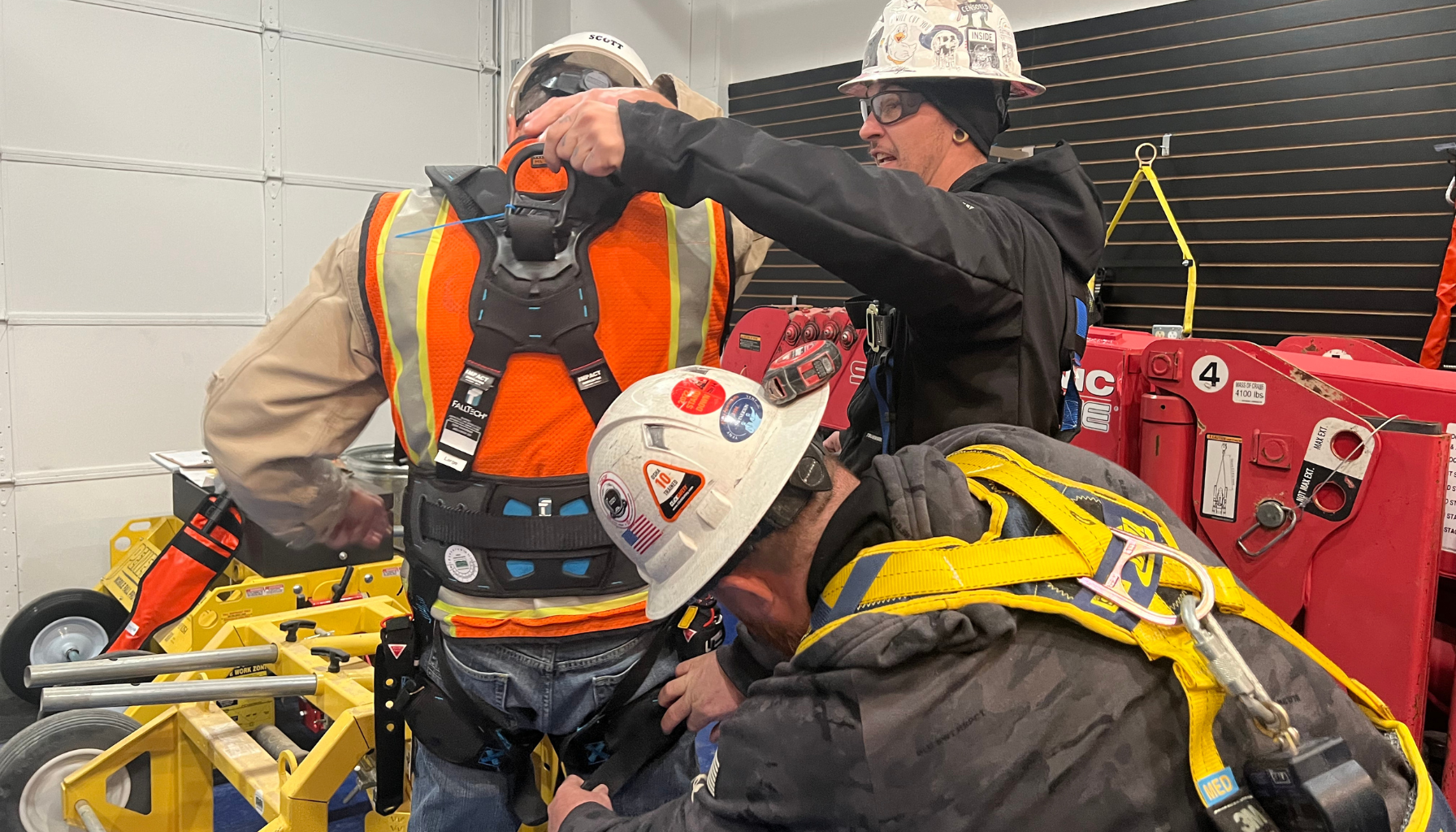When it comes to safety in the workplace, especially in industries where fall hazards are prevalent, the right equipment can be the difference between life and death. One of the most crucial pieces of safety equipment is the fall protection harness. However, simply having a harness is not enough; it must fit properly.
Why Proper Fit Matters
1. Safety First: A poorly fitting harness can lead to severe injuries in the event of a fall. If the harness is too loose, you might slip out of it. If it's too tight, it can cause significant discomfort and even restrict movement, leading to potential accidents.
2. Comfort and Mobility: Wearing a harness that fits well ensures that you can move freely and comfortably. This is especially important for tasks that require a lot of movement or for long-duration jobs. A well-fitted harness reduces fatigue and the risk of injury from the harness itself.
3. Compliance with Standards: Safety regulations and standards require that fall protection equipment be properly fitted to each user. Using an ill-fitting harness can result in non-compliance, leading to fines or other legal repercussions.
Men’s vs. Women’s Harnesses: What Sets Them Apart
The anatomy of men and women is different, and these differences necessitate specific design considerations for harnesses to ensure a proper fit.
1. Body Shape: Women generally have different body shapes compared to men. Women’s harnesses are designed to accommodate these differences, such as wider hips and a different chest structure. Men’s harnesses are designed with a broader shoulder and a more rectangular body shape in mind.
2. Strap Placement: In women’s harnesses, the straps are strategically placed to avoid pressure points that could cause discomfort or injury, particularly around the chest area. Men’s harnesses are designed to distribute weight more evenly across the broader shoulders and back.
3. Size Range: Women’s harnesses often come in a wider range of sizes to accommodate different body shapes and sizes, ensuring a better fit for all women. Men’s harnesses also come in various sizes, but the range might differ to suit the typical male body proportions.
Choosing the Right Harness
1. Measure Accurately: Take accurate measurements of your body before purchasing a harness. Key measurements include chest, waist, hips, and torso length.
2. Try It On: If possible, try on several harnesses to find the one that fits best. Pay attention to how it feels when you move around and whether there are any uncomfortable pressure points.
3. Adjustability: Look for harnesses that offer multiple adjustment points. This will allow you to customize the fit to your body, ensuring maximum safety and comfort.
4. Consult Experts: Don’t hesitate to seek advice from safety equipment suppliers or manufacturers. They can provide valuable insights into the best harness for your needs. For expert guidance, you can contact us, where our team is ready to help you find the perfect fit.
Ensuring your fall protection harness fits properly is crucial for your safety, comfort, and compliance with safety standards. Remember, the right fit can save your life.
For expert guidance, you can contact us at Colorado Safety Supply, where our knowledgeable team is ready to help you find the perfect fit.















